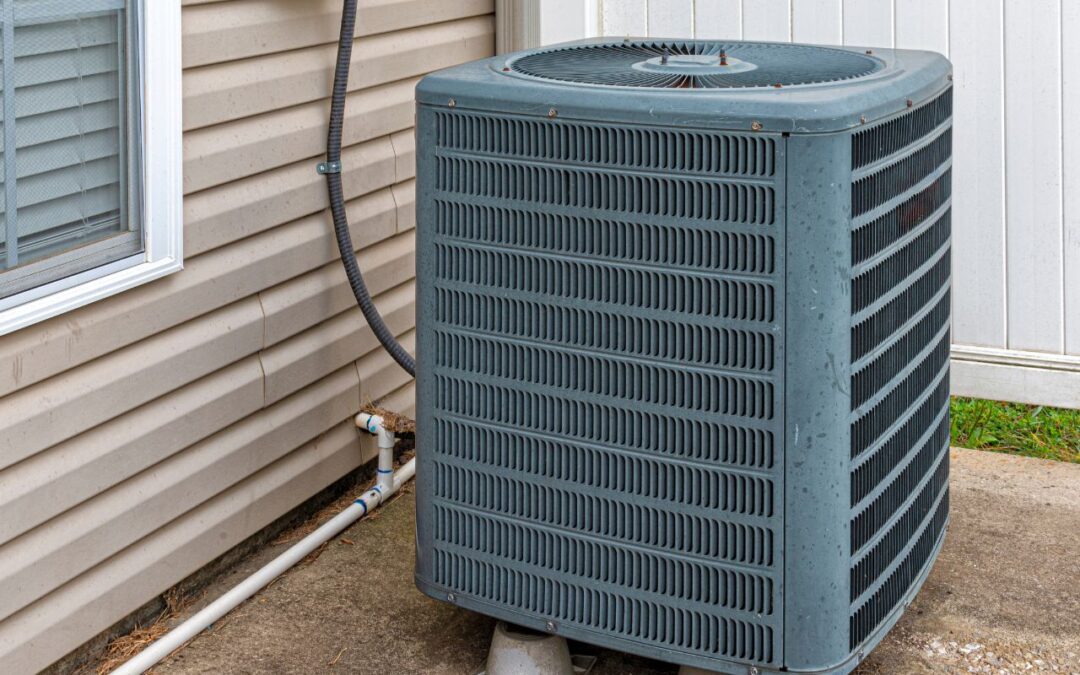A central air conditioning system is an essential part of keeping your home comfortable during the hot Texas summers. But how does it actually work? Understanding the basics of how central air systems work can help homeowners make informed decisions about maintenance, repairs, and energy efficiency.
The Main Components of a Central Air System
A central AC system is composed of several key components that work together to cool and circulate air throughout your home. These include:
- Thermostat: The thermostat detects the indoor temperature and signals the AC system to turn on or off based on the desired setting.
- Evaporator Coil: Located inside the indoor unit, the evaporator coil absorbs heat from the air inside your home, cooling it down.
- Compressor: The compressor is housed in the outdoor unit and plays a crucial role in circulating refrigerant through the system.
- Condenser Coil: Also found in the outdoor unit, the condenser coil releases the heat absorbed from inside the home to the outside air.
- Expansion Valve: This valve regulates the amount of refrigerant moving into the evaporator coil, ensuring efficient cooling.
- Blower Fan & Ductwork: The blower fan pushes cooled air through the ductwork and into the various rooms of your home.
How the Cooling Process Works
The cooling process of a central air system follows a cycle that involves heat absorption, compression, condensation, and expansion:
- Thermostat Signals for Cooling
- When the indoor temperature rises above the set level, the thermostat sends a signal to the AC system to start cooling.
- Refrigerant Absorbs Heat
- The blower fan pulls warm air from inside the house through return ducts.
- This warm air passes over the evaporator coil, where the refrigerant absorbs heat, cooling the air in the process.
- Refrigerant Travels to the Compressor
- The refrigerant, now heated from absorbing indoor air, travels to the compressor in the outdoor unit.
- The compressor pressurizes the refrigerant, increasing its temperature even further.
- Heat is Released Outdoors
- The heated refrigerant moves to the condenser coil, where it releases the absorbed heat to the outside air.
- A fan in the outdoor unit assists in dissipating this heat efficiently.
- Cooled Refrigerant Returns Indoors
- After losing heat, the refrigerant passes through the expansion valve, where it cools down and returns to the evaporator coil.
- The process repeats as long as cooling is needed.
- Cooled Air is Distributed
- The blower fan circulates the now-cooled air through the duct system and into each room of your home.
Benefits of a Well-Maintained Central AC System
Understanding how central air systems work also highlights the importance of regular maintenance. A well-maintained system offers several benefits:
- Improved Energy Efficiency: A clean and well-tuned system uses less energy, reducing utility bills.
- Consistent Comfort: Proper airflow and refrigerant levels ensure your home remains cool and comfortable.
- Longer Lifespan: Routine maintenance prevents premature breakdowns and extends the life of your AC unit.
- Better Indoor Air Quality: Regular filter changes and duct cleanings reduce allergens and pollutants in your home.
Schedule Professional Maintenance for Your AC System
Now that you know how central AC systems work, it’s important to keep yours running efficiently with professional maintenance. At Weir Texas AC & Heat, we offer expert tune-ups, repairs, and system replacements to keep your home cool all summer long.
If you’re experiencing issues with your AC or want to schedule a maintenance check, contact us today. Our skilled technicians proudly serve Georgetown and the surrounding areas, ensuring your central air system is always in top shape.

